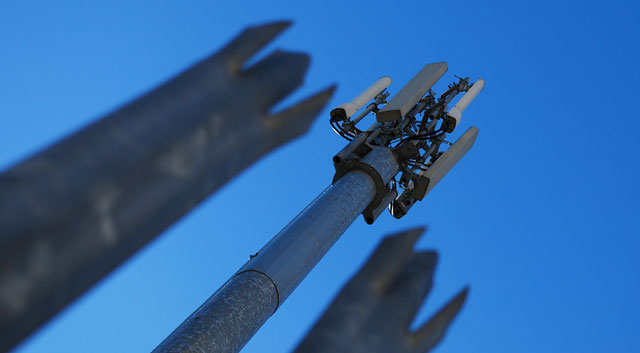
Telkom plans to hand back spectrum in a wide range of radio frequencies as it migrates from legacy technologies to next-generation systems. It is in talks with telecommunications regulator Icasa about the plan, which is expected to take years to implement.
The operator plans to hand back spectrum in a number of important bands, mostly notably in the 1,9GHz and 3,5GHz bands, which could prove popular among Internet service providers and other operators wanting to provide wireless broadband access.
A document seen by TechCentral shows that Telkom intends handing back spectrum in the following frequencies:
- 336MHz to 337MHz, paired with 356MHz to 357MHz, used for point-to-point connections in rural areas
- 864,1MHz to 868,1MHz, used for fixed-wireless access
- 1 880MHz to 1 900MHz, used for rural radio local loops using the Digital European Cordless Telecommunication standard
- 2 360MHz to 2 500MHz, used for rural point-to-multipoint connections
- 3 428MHz to 3 456MHz, paired with 3 528MHz to 3 556MHz, used for WiMax
All of these bands are currently being used by Telkom for different wireless local loop and fixed-wireless access applications. Migration is technology specific and is expected to take several years to complete, Telkom says.
The operator tells TechCentral, in response to questions, that it is continuously assessing the viability of legacy technologies that have reached the end of their estimated useful life. If the company doesn’t intend using certain frequency bands in future, it will return these to Icasa so that they can be reallocated, it says.
BMI-TechKnowledge senior consultant and telecoms sector specialist Tim Parle describes Telkom’s plan to give up the spectrum bands as being a bit like a “garage sale”.
“It’s like those ‘trash to cash’ programmes currently running on Discovery Channel, where the punters managed to find some gems amongst the junk,” he says.
Telkom’s plan to return spectrum in the 3,5GHz band could be one of those gems. “This is one of the bands that Icasa might allocate on a regional basis, so it would be of interest to wireless Internet service providers, tier-two and tier-three operators, and even municipalities,” he says.
The 3,5GHz spectrum is most suited for high-density, urban applications, Parle adds. However, mobile operators could also be interested in it if they do not gain access to sufficient 2,6GHz spectrum for building mobile broadband networks based on long-term evolution (LTE) technology.
Telkom says that migrating from 3,5GHz, which it’s used to provide WiMax services, was a “business decision”. WiMax users will be migrated to 3G mobile broadband or satellite-based alternatives. At the end of September, Telkom had only 3 781 WiMax customers on its books — although that was an increase of 19,3% on a year ago.
Meanwhile, Telkom’s allocation of spectrum at 1,9GHz, when returned, could be used in future for LTE, but Parle says the specific chunk of spectrum in question is one of the least popular worldwide for LTE, at least for now.
“Since this is a single, contiguous 20MHz-wide chunk of spectrum, this band will become increasingly valuable as LTE develops further with the adoption of ‘carrier aggregation’, which allows non-contiguous sections of spectrum to be aggregated providing higher peak speeds.”
Telkom is also handing back a big chunk of spectrum in the 2,4GHz band, which it used to provide fixed-wireless access as an alternative to fixed lines, particularly in rural areas. It says it has decided to migrate away from the band at least in part because of the negative effect of harmful interference in the band, which is popularly used for Wi-Fi and other wireless applications.
But, the operator says, migrating from the band is “complex” because of a “lack of suitable sub-1GHz spectrum to be used in the rural areas”, among other things.
A portion of the 2,4GHz band has been reallocated, or “refarmed”, for Telkom’s 2,3GHz LTE network. “Some parts of the 2,4GHz band could eventually be returned to Icasa once migration has been completed.”
Despite the quantity of spectrum that Telkom plans to hand back to Icasa, it says it doesn’t expect to realise significant savings in spectrum licence fees as part of the process.
“Some moderate savings in spectrum fees may well be realised if the bands are returned to Icasa. However, the capital and operational costs associated with migrating services from these bands is substantially larger, particularly where their deployment is in the rural and remote areas,” it says.
It adds that because of the “huge costs involved in migrating technology”, it proposed a “spectrum fee holiday” to Icasa — in other words, it wanted to use spectrum fees to fund migration – but it says the regulator did not accept this concept. — (c) 2013 NewsCentral Media




